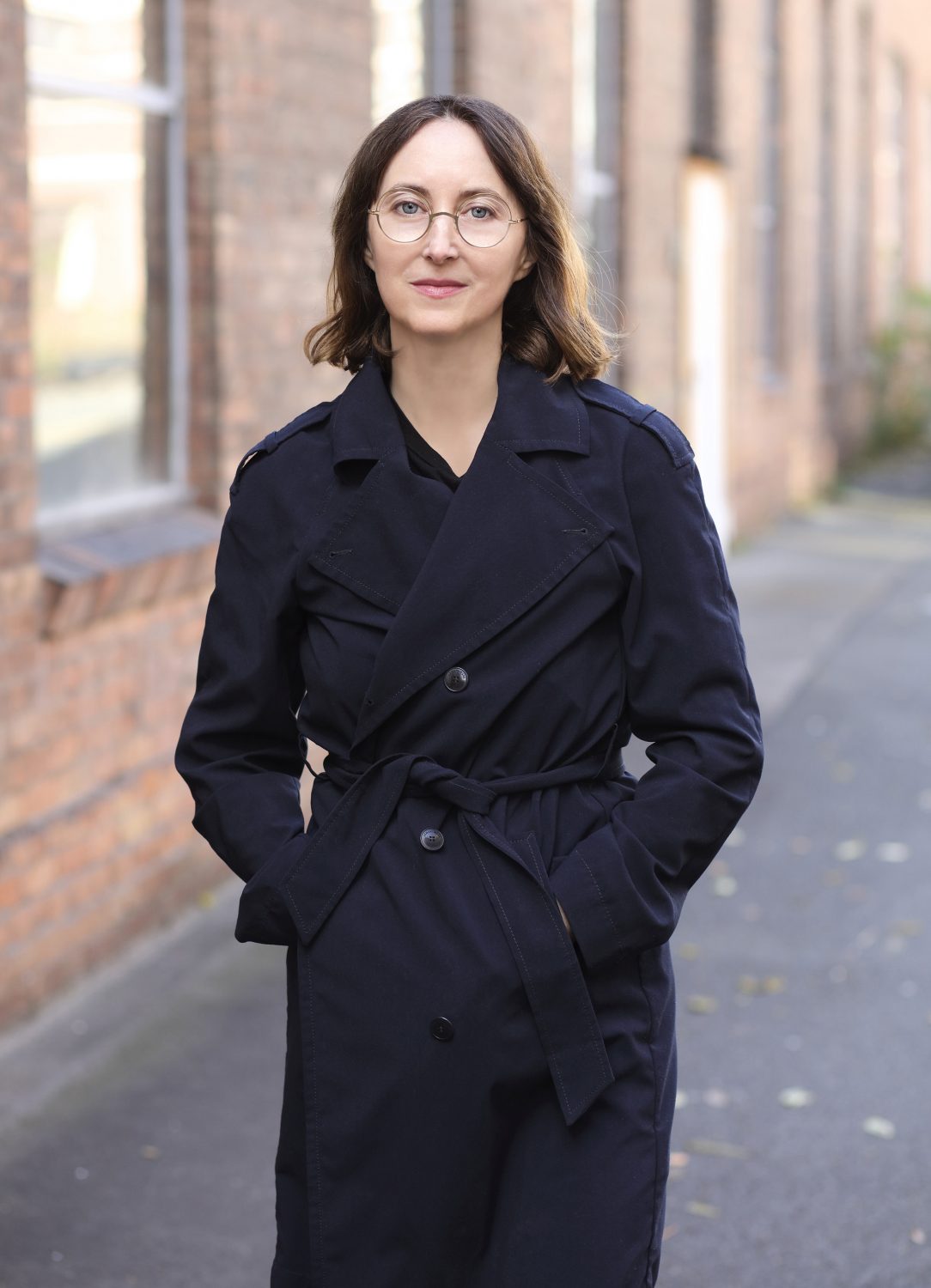
The Berlin-based artist Maria Eichhorn will represent Germany at the next Venice Biennale in 2022.
The artist, who has exhibited widely in institutions, as well as at documenta 11 and 14, was selected for her “conceptual approach” as well as her “subtle sense of humor,” according to a press statement. The German artist, who was born in the Northern Bavarian town of Bamberg, is known for addressing institutional power structures, politics, and economy through a playful and spatially-minded minimalism.
The selection was made by Yilmaz Dziewior, director of the Museum Ludwig in Cologne, who will helm the pavilion as curator. The two have worked together several times before. “Maria Eichhorn is the artist I have always wanted to see in the German Pavilion,” says Dziewior in a statement. “Because in my view there are few artists who address themselves to German history and its impact on the present in as multifaceted and intensive a manner as Maria Eichhorn.”
The artist says her project will be “accessible,” and should be experienced both “conceptually, and physically and in motion” on site.
Humor-tinged sociopolitical critique was on display in the German pavilion at the last Biennale, conceived by Iranian artist Natascha Sadr Haghighian under the pseudonym Natascha Süder Happelmann. Haghighian hired an actress as a spokesperson while the artist concealed herself under a Papier-mâché rock. Inside the German pavilion, her project, Fortress Europe, addressed migration issues and Europe’s isolationist policies as a sound and sculptural installation.
The German pavilion, redesigned by the Nazi party in 1938, is both a challenge and an opportunity for artists and curators. It seems that Dziewior and Eichhorn are planning to lean into this dark history—the German Pavilion’s newly launched website explores the fascist past of the building in colorful detail. Eichhorn has also created notable projects in the past that examine strands of Germany’s Nazi history. Both Politics of Restitution (2003) and In den Zelten … (2015) look at issues around unresolved ownership and Nazism’s effects in the present-day.
“The German Pavilion is symbolically charged and presents a challenge to artists on several very different levels,” said Eichhorn in a conversation about the nomination with Dziewior. “With every attempt at deconstruction you’re confronted with that fact, but it also makes it fun.”